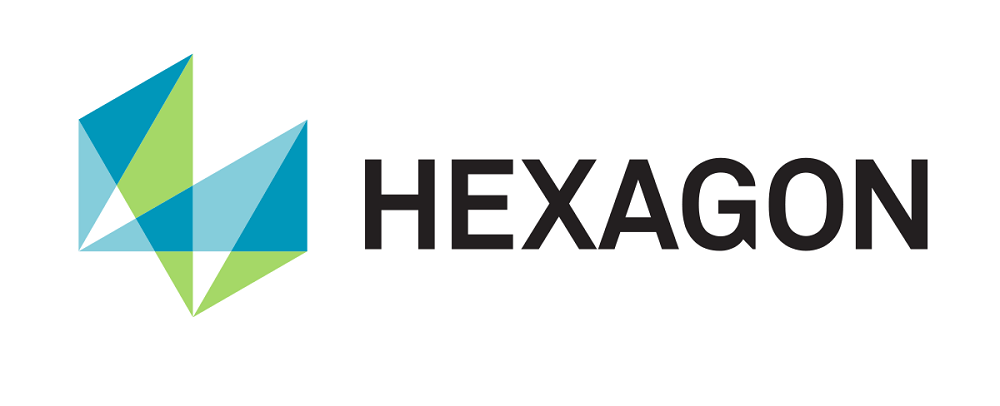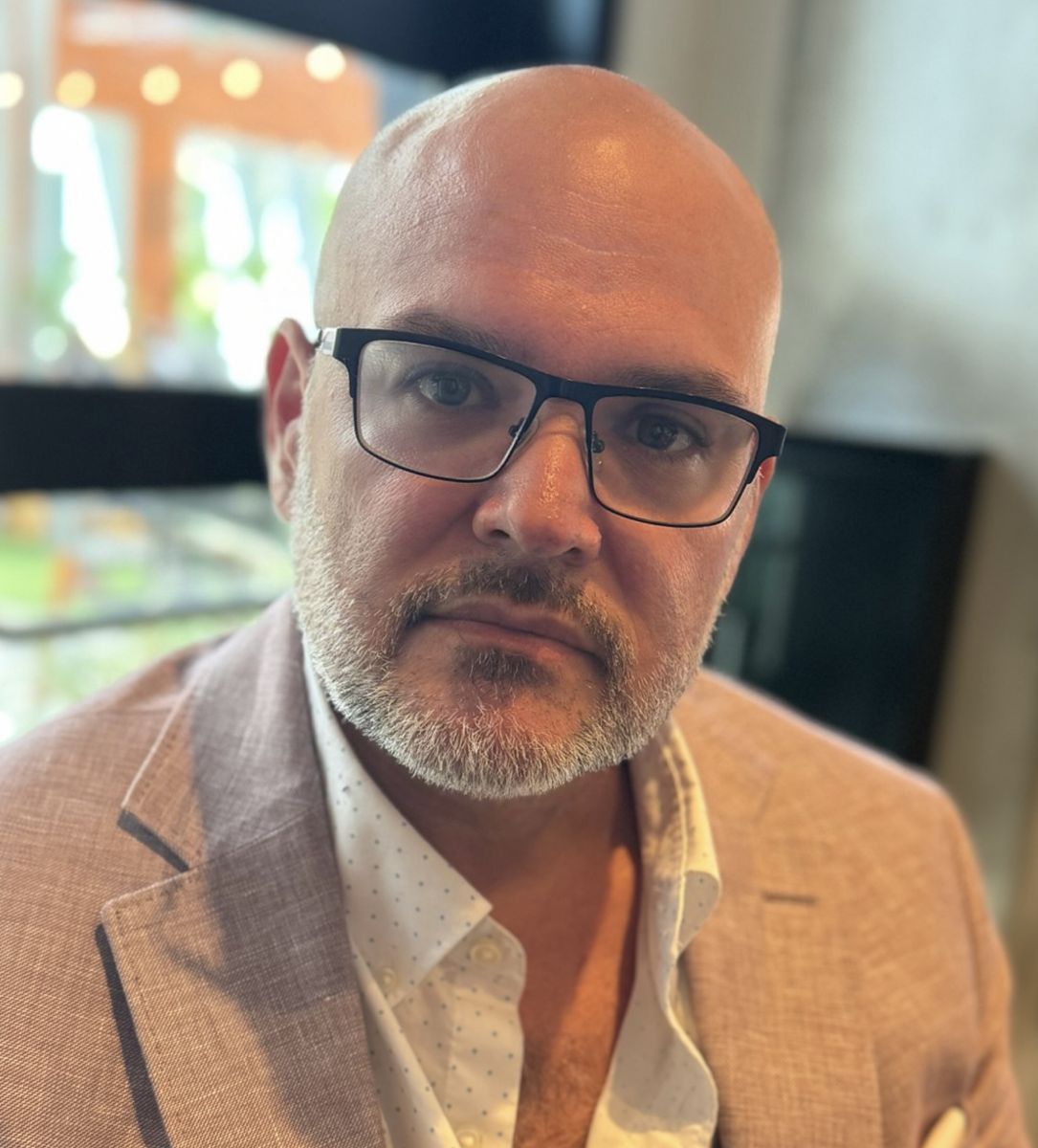An appetite to grow in the physical security space SSN speaks with Hexagon’s Jeremy Howard
By Ken Showers, Managing Editor
Updated 4:47 PM CDT, Tue July 30, 2024

HUNTSVILLE, Ala. — Hexagon, a provider of sensor and software technology, is eager to expand its physical security presence by demonstrating how it can "touch a lot of different areas within a customer's enterprise," says Jeremy Howard.
Here's what Howard, vice president, Physical Security Sales, Americas, Infrastructure & Geospatial said about the work they’re doing at Hexagon, and how the company formerly known as Qognify, prior to its acquisition and rebranding, is doing half a year later.
SSN: Now it's been about a year since Qognify became a division of Hexagon, and I think around five months since the rebrand, can you tell me how the transition has impacted the company's strategic focus or service offerings? 
Howard: You know, prior to being acquired by Hexagon, I think from an industry perspective, we were primarily positioned as a VMS and video management platform. Having now transitioned into Hexagon and plugged into a much broader ecosystem, I think we have emerged as more of a platform company.
We've been able to rebrand ourselves as being able to touch a lot of different areas within a customer's enterprise, where before we were myopic around the video component. Because we're (now) part of Hexagon we can plug into their position in public safety, with computer dispatch, records management, and Hexagon Connect. Those platforms now allow us to talk about a lot of additional benefits we can bring to our existing customers, as well as net new customers and technologies that Hexagon has brought to the table.
For example, probably the coolest thing that we've incorporated into our offering is their expertise in LIDAR. It allows perimeter intrusion detection technology to be rendered in a unique way that has gotten a lot of traction for us and interest from the security industry here in America.
SSN: Now I know you said that you're moving toward being more of a platform and less about VMS, but it seems like that market is pushing a lot toward wider support of hardware and expanding, say, their AI capabilities. Have you found it's been difficult to find your voice, so to speak, among your competitors in the industry?
Howard: No, because from Qognify VMS, which is our platform that we've consolidated all our legacy brands to, we've implemented some cool metadata capabilities. We've built our own metadata library. We're able to scrape metadata from the IoT devices on the edge. So, we partnered with Hanwha, Bosch and Axis to be able to integrate those cameras in a way that allows our users to really leverage some of that power and do very fast attribute searches.
So, everything from being able to do deeper attribute searches to license plate recognition to facial – from our perspective, we're sitting right in the middle of that now being part of Hexagon and their appetite to continue to grow in the physical security space. I think those are the exact type of targets that Hexagon might look at moving forward.
SSN: With GSX right around the corner, can you tell me what you guys are developing or planning to implement in the future to enhance your security operations?
Howard: I'm really excited about GSX. This will be our largest kind of footprint at a show and it's due to Hexagon's investment in physical security and their determination to become a recognized brand for physical security. They dominate in the LIDAR world, they dominate in public safety, and they really want to be a known brand within the physical security space. So, we're going to have a 20x20 booth, we'll have a banner from the ceiling, and we'll be highlighting some really cool technology. Of course, our VMS will be there, and Situator will be there.
But we will also be highlighting accurate vision and LIDAR. We did this at ISC West with much success. We had people lined up looking at the 3D LIDAR models that we built in real time on the show floor and track targets. We'll also be showing smart sites, which is a user interface to Luciad mapping that allows an enterprise to basically create digital twins of their environment. That's a buzzword that you usually don't hear in association with physical security, but we're merging that digital twin technology into physical security applications, allowing customers like at the DFW airport (Dallas Fort Worth) to deploy an ERP platform that cuts across not just security, but now can have operations and public safety in all the different departments of the airport have a common map – a digital twin, of the airport and actually be able to see what they need to see. I think it will be a crowd draw because there's going to be some cool things that most people aren't used to going to GSX and seeing.
Comments